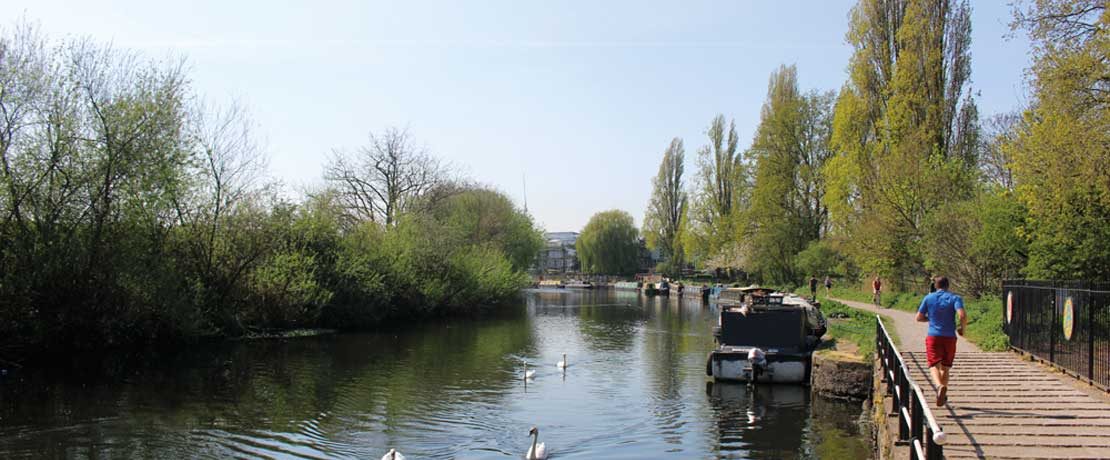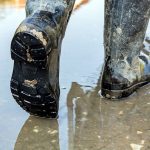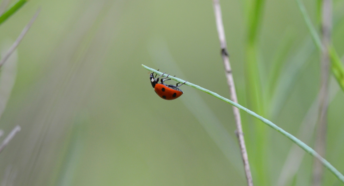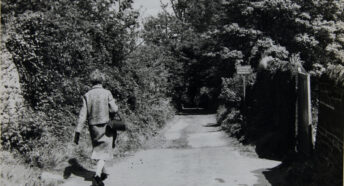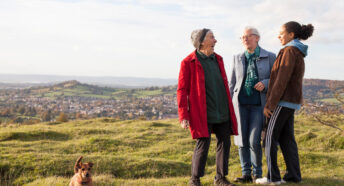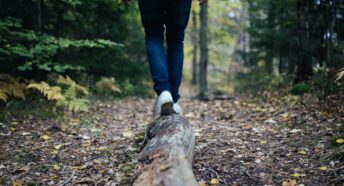Celebrating the countryside next door
The green spaces on the edge of our cities, towns and villages felt more important than ever during the pandemic – but they have the potential to offer even more benefits to people and wildlife, reports Mark Hillsdon.
I’d never really paid the pond much attention before. Set on the edge of the Chorlton Ees Nature Reserve in south Manchester, its deep, dark waters are dotted with yellow flag iris, and fed by a sluice from the nearby River Mersey; the far end running away into bog and a forest of reed mace.
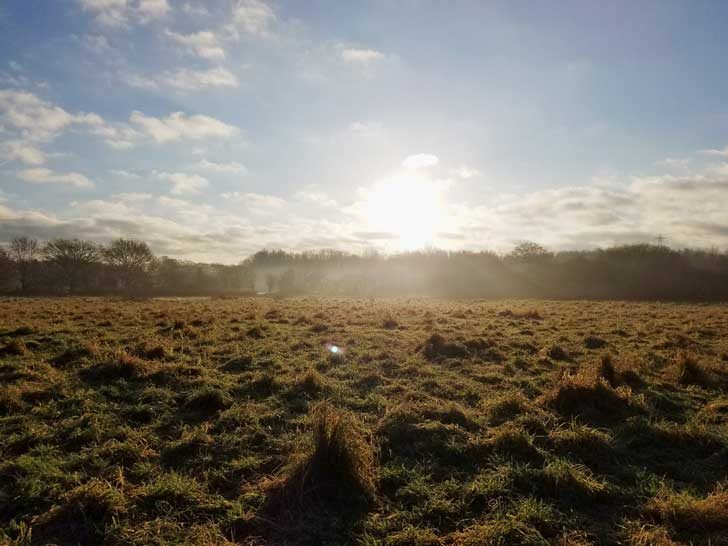
I’d walked past, with various dogs, on most days over the last 20 years, but had rarely stopped to look. During lockdown, though, I seemed to have more time to explore my local patch, and this Monday evening, as walkers, joggers and cyclists passed by, I stood and scanned the pool with binoculars.
I watched as a squawking coot herded its chicks back to the safety of its ramshackle nest, and a mallard drifted serenely past. Then a telltale flash of blue caught my eye, a scimitar of turquoise iridescence: the unmistakable sight of a kingfisher dipping into the water.
It struck and swooped up to a perch, a minnow clasped firmly in its beak; a true moment of lockdown elation. It probably fished there most days, but I’d simply not looked before.
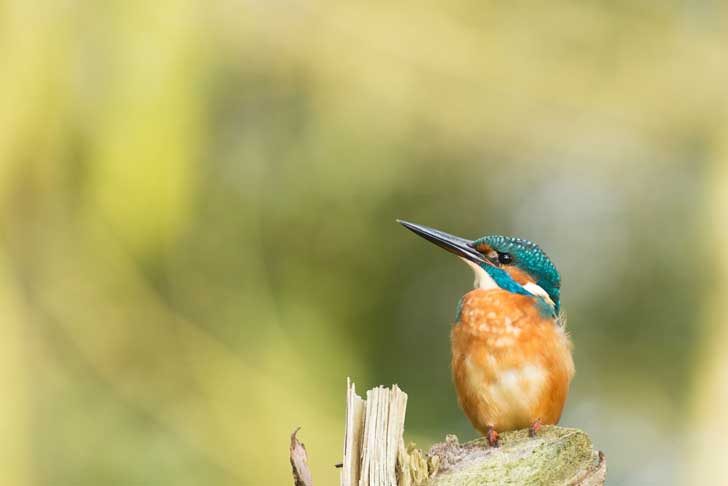
During this spring’s lockdown, local green spaces have become a lifeline for hundreds of thousands of people. Many will have rediscovered parks and fields, zigzagged on forgotten paths and trails, or found time to explore that small patch of wilderness they once rushed past every day on the school run or commute to work.
Space for people and nature
In total, around 22% – or just under three million hectares – of England’s land consists of countryside that lies within 5km of large towns and cities. This is the countryside next door, a hotchpotch of fields, parks, farmland, woodland and wilderness areas that provide a breath of fresh air for at least 30 million people who live in urban areas.
Around half of this land is Green Belt, a designation created in 1938 thanks to CPRE campaigning. Today, 14 Green Belts stretch around our major cities, helping to check urban sprawl and encourage the recycling of derelict land.
Yet CPRE research shows that thousands of hectares of Green Belt land is lost every year to development, and their ‘countryside next door’ work pushes for greater protection for all of England’s urban fringes and aims to improve access to their green spaces.
To maximise the natural capital of this land, CPRE are also calling for more nature reserves and community forests and encouraging continued investment from businesses such as water and extraction companies, many of which already help transform old industrial sites such as quarries into reserves.
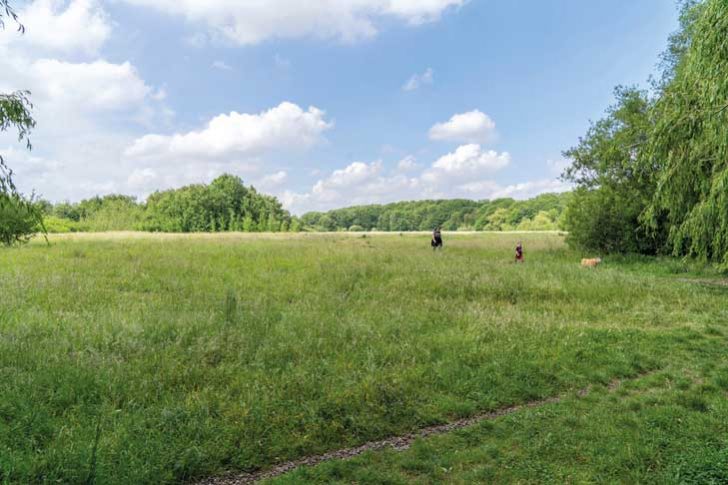
During our lockdown in Manchester, we took to roaming our local urban fringe, discovering new green lanes, forest walks and riverside trails we’d never explored before.
Perhaps emboldened by the lack of people, hitherto unseen mammals such as stoats and shrews darted across paths in front of us, and we were able to sit and marvel at sand martins performing aerial acrobatics as they swooped into their riverbank burrows.
Making cities self-sufficient
Much of the land we walked through was agricultural. Farming has always been an integral part of the Green Belt, says CPRE’s strategic planning lead Paul Miner.
‘One of the reasons why Green Belts were originally set aside was to prevent the loss of farmland around our town and cities.
‘But there’s still been a worrying decline in the number of ‘peri-urban’ farms,’ Paul notes; something which needs to change as cities, and their populations, continue to grow.
‘There’s a growing interest in cities becoming more self-sufficient in terms of production,’ says Paul. ‘In a lot of urban areas, there are major deficits in people being able to get access to freshly grown and nutritious food. We’re calling for 20% of the new Environmental Land Management funding to support more, and greener, food production around cities.’
In the future he hopes to see a surge in community-supported agricultural businesses, too, bringing farming back to our Green Belts and providing towns and cities with locally sourced food, produced under sustainable farming practices.
Fringe benefits
The provision of local food is one of many unrecognised economic benefits provided by the urban fringe. CPRE Hampshire is campaigning to create a new Green Belt in the south of the county to prevent further urban sprawl around Portsmouth, Southampton and Winchester.
Its research has shown that protecting this area could generate £26m a year in health, wellbeing and economic benefits. These include better physical and mental health (leading to fewer GP visits), greater flood protection, improved air quality, and increased tourism and recreation.
And sometimes the benefits of Green Belt are recognised and upheld. CPRE North Yorkshire recently welcomed the decision to prevent 500 new homes being built on Green Belt land on the edge of Askham Bog, a small surviving remnant of the ancient fenlands of Yorkshire.
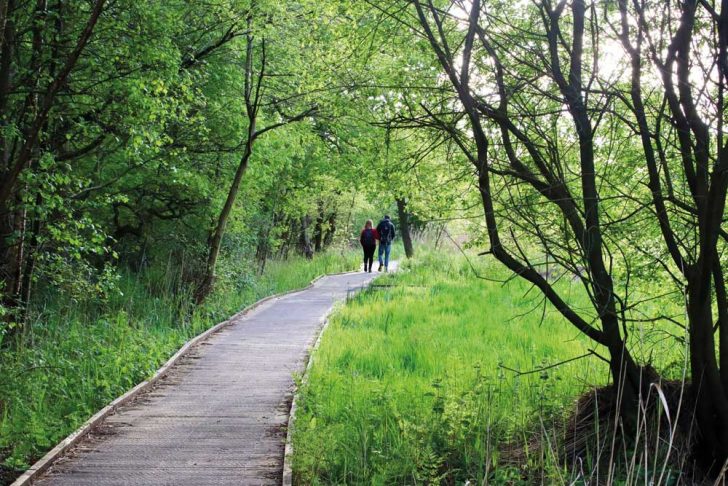
The development would not only have had a major effect on access to the reserve, but also on the wildlife that lives there, says CPRE’s Kate Atkinson, one of the group’s trustees:
‘It’s a great relief to have saved the site, but we also recognise that the council is under a phenomenal amount of pressure for housing,’ she says. ‘We applaud their recent approval of a huge brownfield site in York centre, which includes plenty of affordable housing.’
Planning for the future
I grew up on the northern edge of London’s Green Belt and took it for granted that I could set out on foot to go camping with the Scouts. There was a fantastic network of other places to go birdwatching on my doorstep, from forests and farmland, to the marshes and wetlands around the River Lea.
Today, many of these are part of the Lea Valley Regional Park, which is helping to protect the countryside as it pushes out from London into Essex and Hertfordshire.
Old industrial sites have been transformed into a mix of wildlife habitat and spaces for recreation, while the future of many local farms have also been safeguarded.
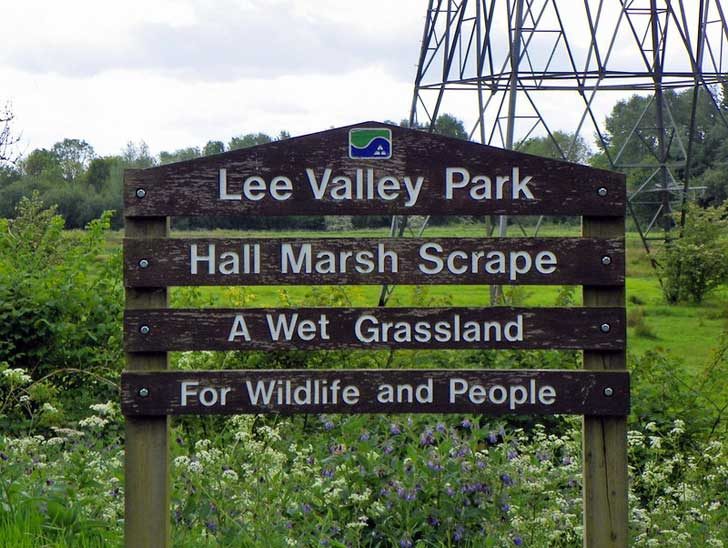
‘It’s an exemplar of what can be done in Green Belts and other countryside areas,’ says Paul; a greenprint, if you like, for our countryside next door, with joined-up thinking and a masterplan governing what happens within the park.
‘There needs to be a stronger commitment to safeguarding and improving the Green Belt in the future,’ he continues. ‘We think that there should be a renewed commitment to the permanence of Green Belt boundaries and a long-term commitment to investing in the Green Belt and urban fringe areas.’
Perhaps the events of the last few months – and our rediscovery of the countryside next door – will help ensure this happens. As Kate Atkinson says: ‘It’s crucial that we retain those vital bits of Green Belt to give us access to the countryside and the breathing space that we need.’
Mark Hillsdon is a freelance writer who has contributed to The Guardian, BBC Countryfile and BBC Wildlife magazines, among others.
A version of this article was originally published in CPRE’s award-winning magazine, Countryside Voices. You’ll have Countryside Voices sent to your door three times a year, as well as access to other benefits including discounts on attraction visits and countryside kit from major high street stores when you join as a CPRE member. Join us now.
